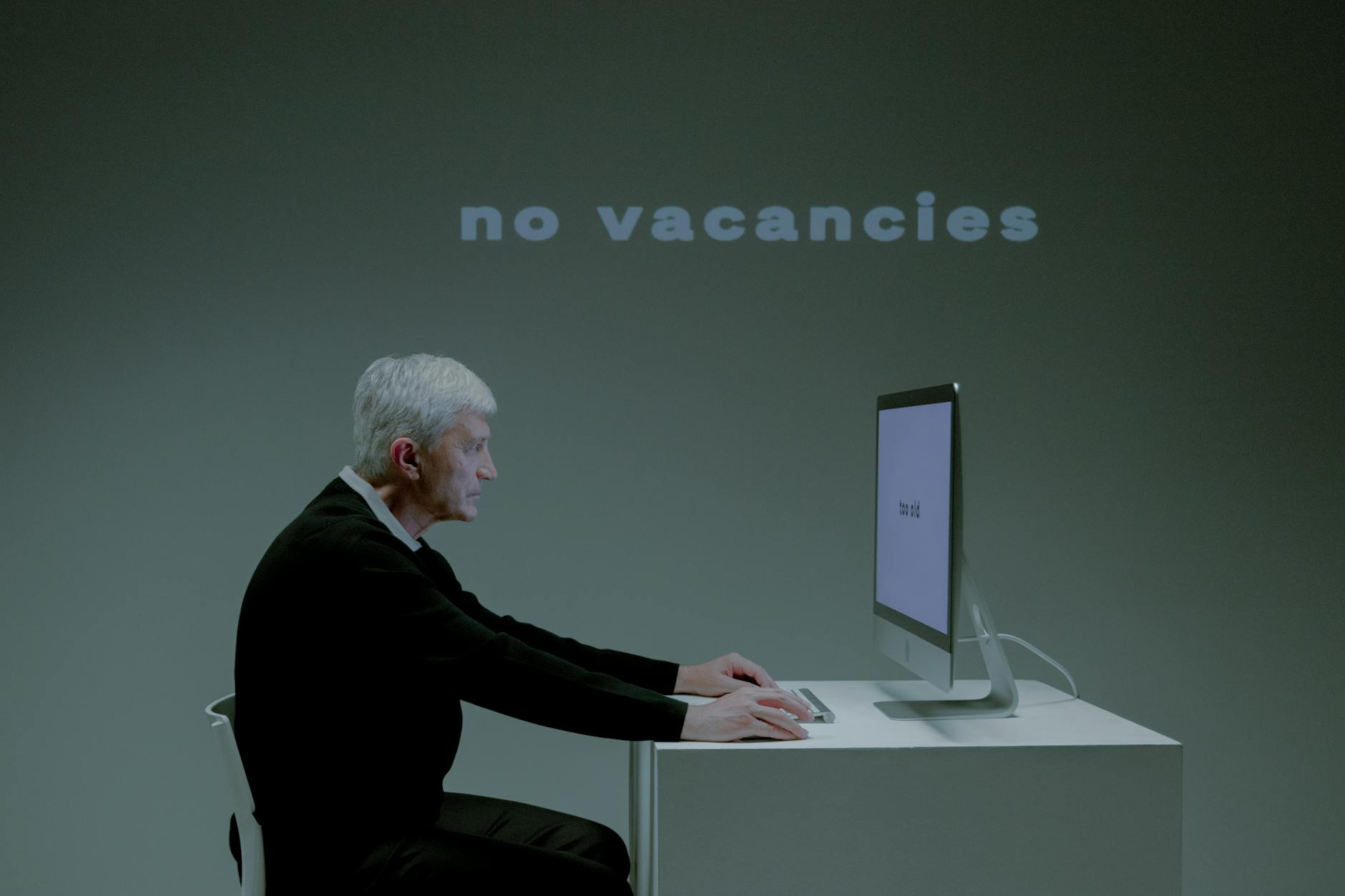Losing a job can hit hard—both emotionally and financially. That’s why unemployment benefits exist: to offer some cushion when work suddenly stops. But before you imagine a smooth landing, there’s an important question: how long do you have to work to qualify for unemployment benefits? Let’s break down the essentials clearly and simply.
Understanding Unemployment Benefits Eligibility
Unemployment benefits are not just handed out to anyone who’s out of work. Each state sets rules. However, there are common threads everywhere to decide who qualifies.
The key point: to collect unemployment, you must have worked enough during a specific timeframe, called the “base period”. This base period is usually the first four out of the last five calendar quarters before you filed your claim. Think of it as your recent work history window.
What Counts as “Enough” Work?
You need to have earned a minimum amount in wages or worked a specific number of weeks to qualify. This minimum varies by state but generally requires steady work. For example, many states require:
- At least 1,200 to 1,600 total hours worked in the base period, or
- Earnings that equal 1.5 to 2 times the state’s average weekly wage during that period
If you meet these thresholds, the state views you as having solid recent work history.

Photo by Ron Lach
How State Rules Affect Your Eligibility
Each state runs its unemployment program, so the exact work duration and wage requirements differ:
- Some states want you to have worked at least 4 out of 5 quarters.
- Others focus more on how much you earned, not solely on weeks worked.
- Most states look at your highest earning quarter to determine your weekly benefit amount.
This means that working sporadically or seasonal jobs could either help or hurt your eligibility depending on your state’s details.
Why Your Work History Matters More Than “Time” Alone
Imagine your work history like a bucket filling with water. You don’t just need to work a certain number of weeks; you need to fill your bucket enough with wages earned. Anyone working part-time or with low pay might fall short even if they clock many weeks.
Your weekly benefit depends on how much you earned during your base period. The more you made, the higher your unemployment check can be — up to the state’s maximum.
Duration of Unemployment Benefits
Once you qualify, how long can you get benefits? Typically, the answer is:
- Up to 26 weeks of regular unemployment benefits in most states.
Some states may offer less, and during high unemployment periods, federally-funded extensions can add weeks.
To keep receiving benefits, you must:
- File weekly or biweekly claims,
- Actively look for work,
- Report any income or refusal of suitable jobs,
- And be ready to accept offers that pay at least 90% of your former wage during the initial weeks.
Common Reasons You Might Not Qualify
There’s more than just work history in play. To get benefits, you must be unemployed through no fault of your own. If you quit without good cause or were fired due to misconduct, states often deny benefits.
Other disqualifying reasons include:
- Refusing suitable work when offered
- Not actively searching for jobs
- Misreporting earnings or failing to provide accurate information
Filing Your Claim and What to Expect
When you file for unemployment:
- The state agency checks your base period work and earnings.
- If eligible, you usually have a one-week waiting period (no benefits paid that week).
- Benefits start within two to three weeks.
- You keep filing weekly claims and fulfilling job search requirements.
This process varies but usually moves quickly enough to provide timely support.
Special Situations: Pandemic Changes and Temporary Rules
In recent years, some rules loosened temporarily. For example, during the COVID-19 pandemic:
- People who left work due to exposure risks or caregiving responsibilities were allowed benefits.
- Temporary layoffs from business closures also qualified.
These were exceptional cases but show how rules can flex in emergencies.
Key Takeaways
- You must have worked and earned enough wages during a state-defined base period.
- Usually, this means working at least part of four out of five past quarters.
- To keep benefits, you must actively seek work and be ready to take suitable jobs.
- Benefits typically last up to 26 weeks but depend on state rules.
- Quitting without cause or being fired for misconduct usually means no benefits.
- States calculate your benefit based on your highest-earning quarter wages.
Unemployment benefits are designed as a safety net—but it’s built from your recent work history. The better your record, the more likely you’ll get help when you need it most.
Navigating the system can feel tricky, but knowing these basics makes the path clearer. If you lose a job, check your state’s exact requirements and apply right away. Every state has online portals, and help is usually just a phone call away.
Your work history tells the story. Make sure it’s strong enough to unlock the support you deserve.
